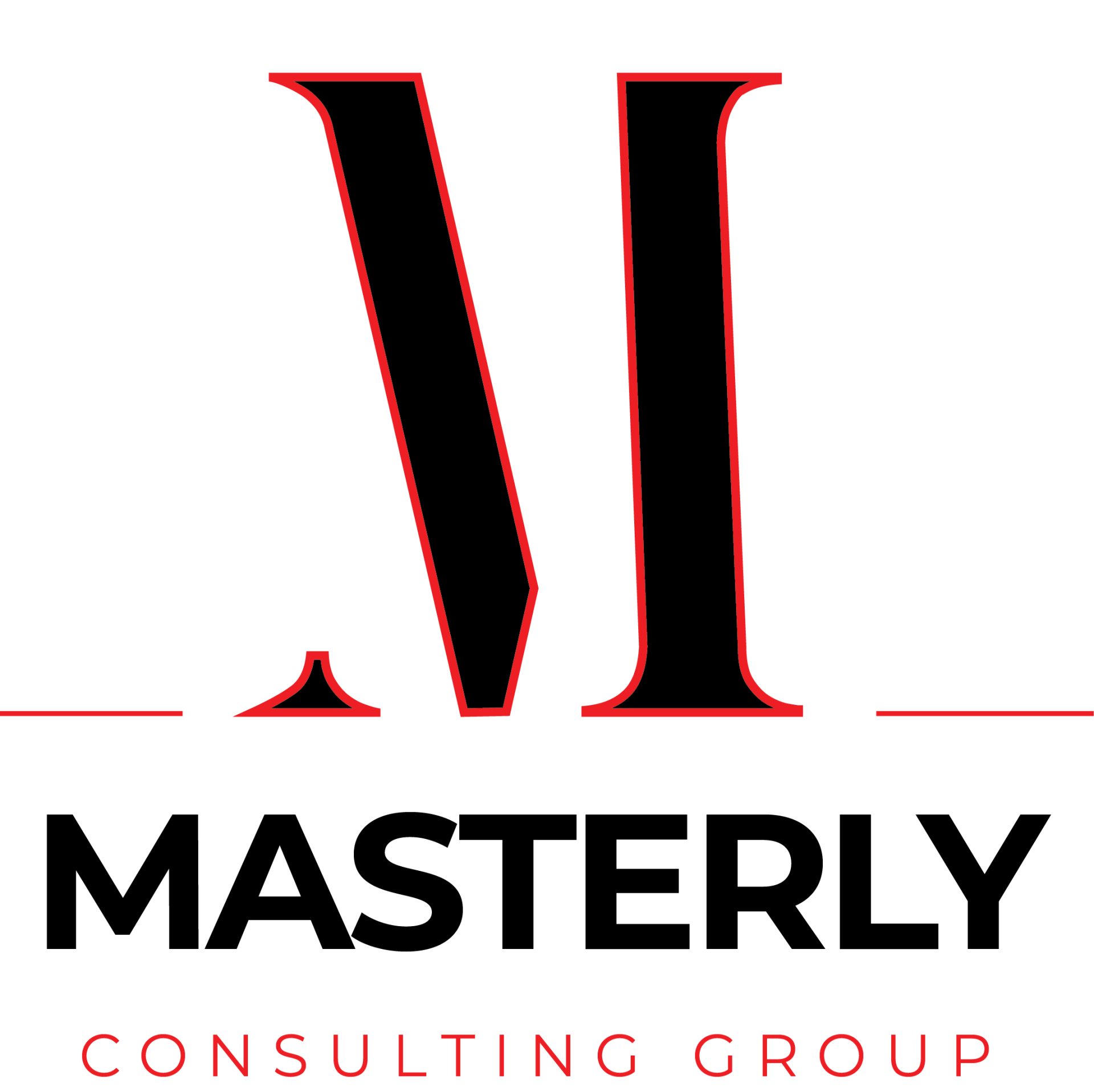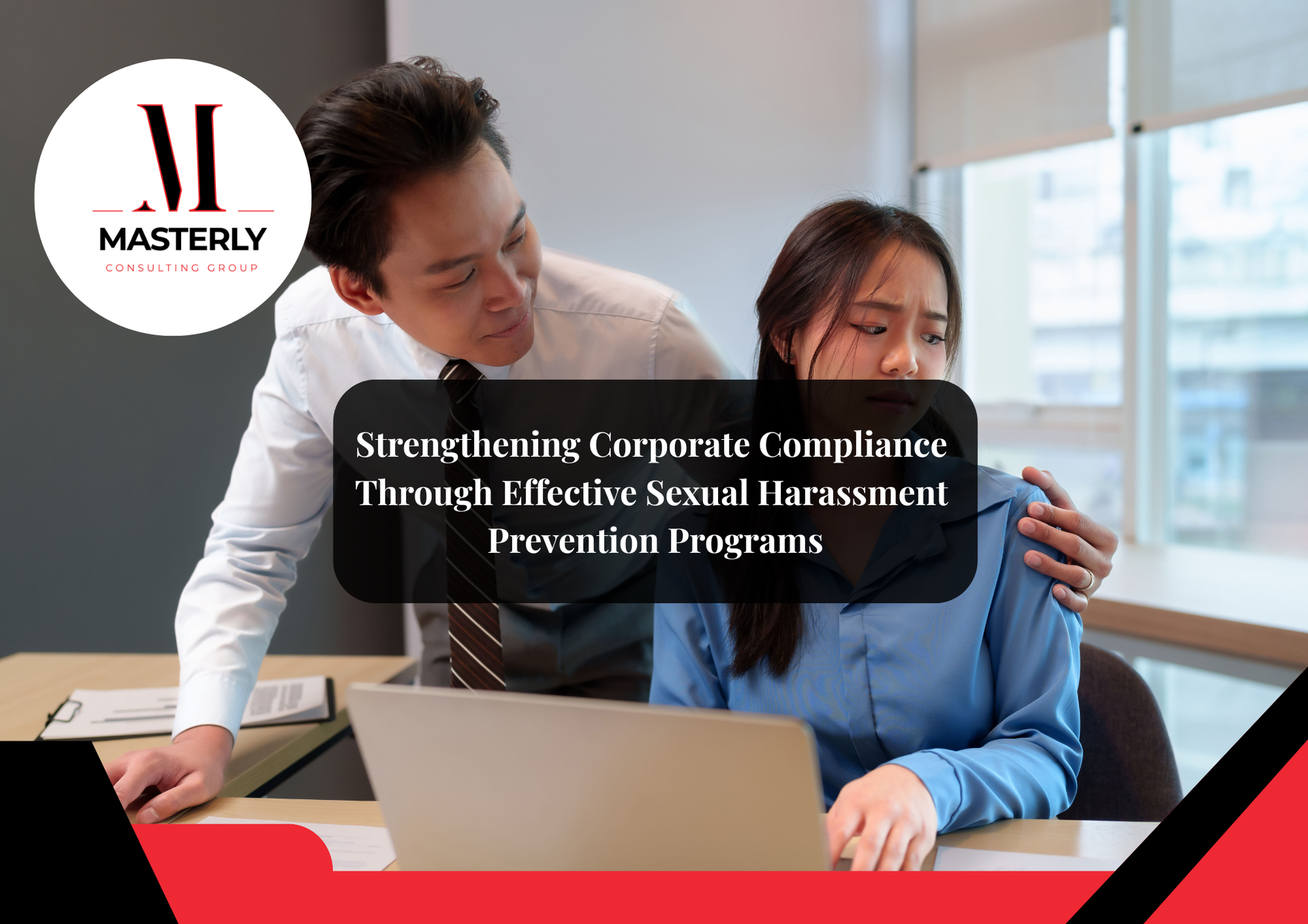The Essential Components of Effective Sexual Harassment Training for Supervisors
Sexual harassment in the workplace remains a significant issue, with state and federal laws requiring companies to take proactive measures to prevent unlawful harassment. Supervisory and managerial employees are vital in fostering a respectful work environment and ensuring compliance with workplace harassment prevention training requirements. Effective sexual harassment training for managers can help eliminate sexual harassment, mitigate legal risks, and cultivate a culture of respect.
Why Sexual Harassment Training for Managers Is Essential
Sexual harassment training requirements are not only a legal obligation but also a cornerstone of a safe and productive workplace. Supervisory employees must understand their role in preventing sexual harassment and addressing complaints.
Key Reasons to Prioritize Such Training:
- Compliance with Laws: Federal law, including the Civil Rights Act and the Illinois Human Rights Act, mandates harassment prevention training for companies with three or more employees.
- Reducing Legal Risks: Proper training minimizes the risk of employment discrimination claims, including those related to national origin, gender, or unlawful sexual harassment.
- Creating a Positive Workplace Culture: Educating employees fosters a respectful work environment, reducing the likelihood of workplace violence and abusive conduct.
Core Components of Effective Sexual Harassment Training
An education and training program for supervisors should be interactive, comprehensive, and aligned with training requirements outlined by the Equal Employment Opportunity Commission (EEOC).
1. Clear Sexual Harassment Definition
Training programs must provide a clear definition of sexual harassment, ensuring that managerial employees can identify unlawful harassment in its various forms.
2. Understanding State and Federal Laws
Supervisors should receive detailed training on:
- Title IX regulations
- The Civil Rights Act
- The Illinois Human Rights Act and Maine Human Rights Act
Such training ensures they understand how these laws apply to workplace harassment.
3. Recognizing Harassment in the Workplace
Effective training includes examples of sexual harassment consistent with real-world scenarios. Supervisors learn how to:
- Identify harassment prevention policy violations
- Address sexual harassment complaints effectively
- Recognize patterns of workplace harassment
4. Handling Sexual Harassment Complaints
Managers should be trained on the internal complaint process, ensuring they can:
- Handle complaints with discretion
- Document issues in the employee’s personnel file
- Escalate unresolved issues appropriately
5. Providing Training for Employees
Supervisors play a critical role in ensuring all employees—including non-supervisory employees and new employees—receive adequate workplace harassment training.
6. Interactive Training and Role-Playing
Interactive training modules help managers practice:
- Conflict resolution
- Filing internal complaints
- Responding to situations involving unlawful discrimination
Supplemental Training for Supervisors
Annual training and periodic supplemental training are essential for maintaining knowledge and reinforcing skills. Supervisors should also undergo workplace violence training to address broader risks associated with harassment in the workplace.
Benefits of Supplemental Training:
- Keeps managers updated on changes in training requirements
- Enhances their ability to prevent sexual harassment
- Promotes compliance with anti-harassment training standards
Online Training Options for Convenience
Online training platforms offer flexibility and scalability, making them ideal for large organizations. These programs can:
- Provide training on workplace harassment policies
- Include modules on harassment prevention training and workplace training
- Offer resources for new supervisory employees

Strategies to Eliminate Sexual Harassment
1. Develop a Robust Sexual Harassment Prevention Policy
A clear and enforceable policy is the foundation of any harassment prevention strategy. It should:
- Include sexual harassment definitions and examples
- Outline steps for filing internal complaints
- Emphasize zero tolerance for unlawful harassment
2. Train Employees Consistently
Providing ongoing education ensures that both new employees and existing employees understand:
- Their rights and responsibilities
- How to report harassment
- The importance of creating a safe workplace culture
3. Monitor Compliance
Regular audits and risk management practices can help ensure compliance training is effective.
Addressing Workplace Culture
A respectful work environment starts with leadership. Supervisory employees must model appropriate behavior and address instances of sexual harassment promptly.
Key Practices to Foster Inclusion:
- Encourage open communication
- Promote diversity through inclusion training
- Address issues of employment discrimination proactively
How Employers Can Provide Effective Training
Employers should tailor training programs to the needs of their workforce. This includes:
- Offering interactive and engaging content
- Addressing the unique challenges faced by managerial employees
- Ensuring all training meets state and federal requirements
The Essential Components of Effective Sexual Harassment Training for Supervisors
Sexual harassment prevention training is a cornerstone of fostering a safe and inclusive workplace. Supervisors play a pivotal role in ensuring compliance with legal standards and promoting a respectful environment. Training should cover key topics such as identifying illegal harassment, implementing a comprehensive sexual harassment policy, and addressing incidents involving one or more employees. Employers can enhance effectiveness by integrating IDHR's supplemental training model and encouraging supervisors to develop their own supplemental training tailored to their specific teams.
In states like New York and New York City, labor organizations and employers must ensure that sexual harassment prevention training aligns with state-mandated model training provided for new hires. Supervisors should also understand their responsibilities during an employee's initial appointment to ensure all employees hired are informed of their rights and resources. Addressing gaps in training and offering ongoing sessions can help prevent incidents of committed sexual harassment, reinforcing a culture of accountability and professionalism.
Enhancing Workplace Harassment Prevention Training: Key Strategies for Success
Effective workplace harassment prevention training is essential for fostering a safe, inclusive, and legally compliant work environment. Comprehensive sexual harassment training should include clear guidelines on recognizing, addressing, and preventing sexual harassment in the workplace. This training must align with state and federal sexual harassment training requirements, ensuring that employees and supervisors are well-informed about their roles and responsibilities.
Organizations should prioritize sexual harassment prevention training by incorporating real-world scenarios and actionable strategies to handle incidents of workplace harassment. Training programs should not only fulfill compliance mandates but also promote a proactive approach to creating a culture of respect and accountability. By focusing on sexual harassment prevention, companies can effectively reduce risks, enhance employee morale, and strengthen their reputation as an equitable workplace.
The Role of Workplace Harassment Training in Building Safer Work Environments
Workplace harassment training is a critical component of any organization's strategy to ensure a respectful and inclusive environment. This training equips employees and supervisors with the knowledge to identify, prevent, and address all forms of harassment, fostering a culture of accountability. By implementing effective workplace harassment training, companies can mitigate risks, improve employee relations, and comply with legal standards. A well-structured program not only reduces the likelihood of incidents but also reinforces the organization's commitment to a safe and professional workplace for all.
Specialized Training for Supervisory and Managerial Employees: A Key to Workplace Safety
Supervisory and managerial employees play a pivotal role in maintaining a harassment-free workplace. Tailored training programs for these leaders are essential, as they are often the first line of defense in identifying and addressing issues of harassment. By equipping supervisory and managerial employees with the tools to enforce company policies, handle complaints effectively, and model appropriate behavior, organizations can ensure a safer and more respectful environment. This specialized training also helps supervisors understand their legal responsibilities, reducing the risk of liability and enhancing overall workplace harmony.
Comprehensive Workplace Training: Why It Includes Sexual Harassment Prevention
A well-rounded workplace training program must include sexual harassment prevention as a core component. Addressing this critical issue ensures employees understand what constitutes unacceptable behavior and empowers them to recognize and report it. For supervisory and managerial employees, training that includes sexual harassment policies and response protocols is especially vital, as they are responsible for setting the tone and addressing incidents proactively. By incorporating sexual harassment prevention into broader workplace training, organizations demonstrate their commitment to fostering a respectful and inclusive environment for all.
The Role of the Equal Employment Opportunity Commission in Workplace Harassment Prevention
The Equal Employment Opportunity Commission (EEOC) plays a critical role in shaping workplace harassment prevention standards across industries. Through guidelines and enforcement actions, the EEOC ensures that organizations adhere to laws prohibiting harassment, including sexual harassment, as part of their commitment to equal employment opportunities. Employers must stay informed about EEOC requirements, which often include robust training programs for all employees, particularly supervisors and managers. By aligning workplace policies and practices with EEOC recommendations, companies can create a safer, more equitable work environment while reducing the risk of costly legal disputes.
Contact Us for Expert Guidance
Navigating the complexities of sexual harassment training requirements can be challenging. Our team specializes in workplace harassment prevention training, helping businesses meet their legal obligations while fostering a respectful and inclusive environment.
Contact us at (888) 209-4055 for a free consultation to learn how we can assist with your sexual harassment training for managers. We’re here to answer your questions and provide the tools your organization needs to eliminate sexual harassment and ensure compliance with state and federal laws.
The Missed Opportunities of Not Using HR Consulting Services for Small Business Performance Tracking







